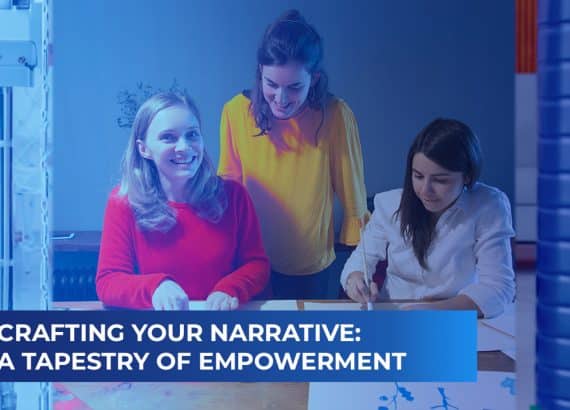Work-Life Integration for the Millennial Indian Woman

Author: Bijoyini Ganguly
The cohort of millennial men and women in India is the world’s largest, with a population of 440 million. As working millennial women, we are working in workplaces with high levels of ambiguity and responsibility right now.
Whether it is in Hybrid mode, Working from Home, or Working from Office, there are challenges that we keep facing. Our DNA has the feeling of imposter syndrome hard-coded somewhere.
We ask ourselves if we are up-skilling ourselves sufficiently or not. We worry that Gen Z or AI will steal our jobs in the next few years. We also worry if our respective spouses and children feel neglected, thanks to the “Supermom” image propagated by social media and pop culture.
How to Achieve the Elusive Balance?
These are small habits that I advocate. I hope they create long-term value for you.
● Set Goals at Work and Outside
The first step would be to set goals of what you want to achieve in life and how much of that will come from work. Chances are you will feel it will be 70-30 or 60-40. If it is more, you may need to rethink!
The 30% or 40% of your achievements should come from your hobbies, family, or other aspects of your personal life. It could be a trip -solo or with family and friends. It could be learning Zumba at 40.
The 60% or 70% of your achievements that come from work should not be stuff like “get promoted in 1 year” or “double salary in 3 years” it should be more fulfilling. Maybe something like “build a superb team this year” or “get a role that helps you truly focus on what you love.”
That is very tough, given the quantitative nature of the world today. To achieve this, we need to work towards it. With meaningful roles, you will be more inspired and excited.
● Boundary Setting Is Critical
Alas, the dreaded timeline overlap. Unless it is business-critical, please log off/plug off/walk out after your agreed time stamp. The modern workplace is not a factory, and we do not work on the assembly line.
Sometimes we will need time to create and fine-tune a complex solution to a problem. That cannot be measured by work days and person-hours, but by the impact, the solution will create. So, communicate to folks at work that you need time to ideate and create.
At times, you will be engaging with multiple stakeholders to speed up operations to meet strict timelines. These are not measured in terms of emails sent but by the timely delivery of the project.
● Bucket Your Tasks
I used to bucket my tasks into two main buckets. The critical strategic ones, with less pressure on the deadline but important to achieve business goals, were in one bucket. These tasks typically didn’t have any pre-existing template.
The routine ones were in the other one. They were timeline driven but not critical to business growth and easy to break down and allocate.
Ensure your mind is fresh and unclouded while working on the first one. And for the routine ones, I recommend setting certain time slots or allocating responsibility to team members with clearly communicated deadlines that give them time.
This bucketing will be different for different roles but need to be done to be able to focus. Having more than three buckets will again create confusion – so good luck there too!
● Make Time for Hobbies and Interests
If you have hobbies or interests, please do not hide them like Clark Kent hides Superman. It’s okay to bake cupcakes on Sunday or spend your evenings walking your dog or telling stories to your kid. You can drive miles to taste the perfect biryani too. These things make you “you” and thus need your time too.
Lastly, it is important to unwind even at work. You need not network all the time. At an evening get-together with colleagues, talk about simple stuff and laugh together. Chat about random things at lunch. Tell people you have to leave or log off after nine hours without giving a reason.
*The author is currently pursuing an alternate lifestyle where she upskills herself, travels, writes and mentor job aspirants on a freelance basis. This article is a by-product of her personal experience and conversations with people in her cohort across India.*









